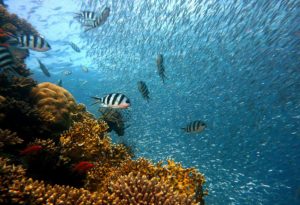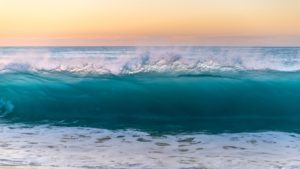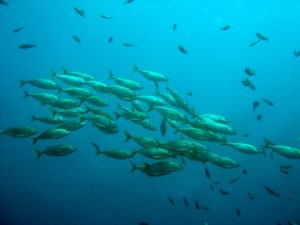Katapult Ocean is an impact-focused ocean tech accelerator program based in Norway. Since its founding in 2018 Katapult Ocean has made 32 investments in ocean tech startups from all over the world. In this interview the CEO of Katapult Ocean, Jonas Skattum Svegaarden, answers questions about the accelerator, opportunities for growth in the blue economy, and their plans for the future.
The Liquid Grid [TLG]: What led to the creation of the Katapult Ocean? Was there an unmet need for supporting ocean tech startups? What were the essential pieces that led to its creation?
Katapult Ocean [KO]: Katapult was started in 2016 by three Norwegians, aiming to set-up one of the first global tech accelerators with an impact focus. Katapult’s principal owner has a family business within real estate, fortunately they are very devoted to impact investment and pledged pretty much all of their fortune to impact investments. When they started, they looked at the whole broad scope of impact investment, starting with all of the SDGS to include things such as smart cities, inclusion and social impact, etc. In these early days they noticed a strong demand from other investors from maritime families or fish farmers that were interested in ocean impact, as well as from startups themselves. Given this interest, Katapult Ocean was carved out as a focus area for the Katapult portfolio.
When working with startups, particularly as an accelerator, it’s important to have strong competence in to properly support the companies, it isn’t all about financials. Having the competence in ocean tech through a strong ecosystem across the various clusters in Norway and the Nordics was really essential for our early success as an ocean tech accelerator. Second, the timing seemed to work really well with the launch of several big reports and other ocean initiatives globally, so it was a little bit of right place, right time.
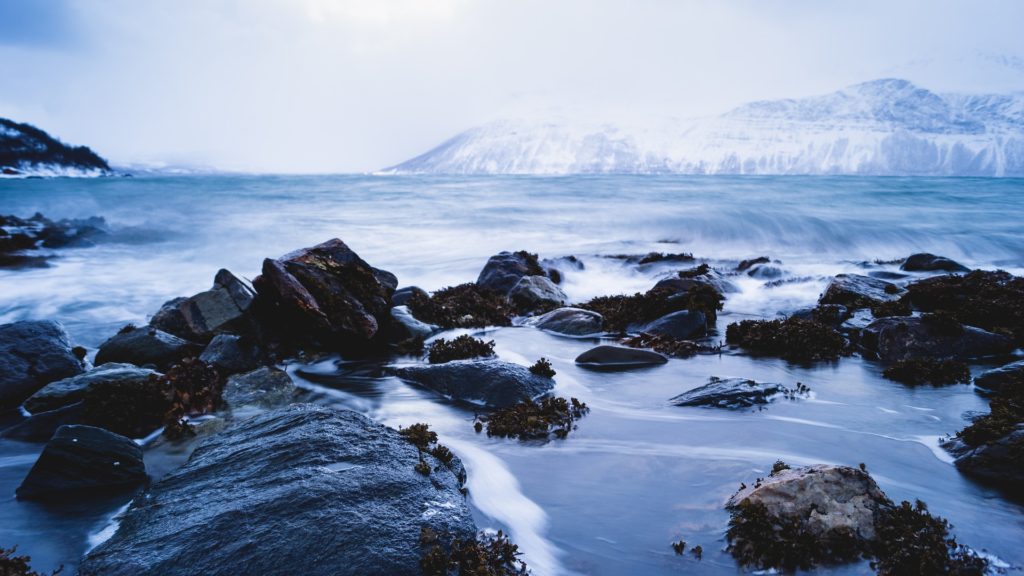
[TLG]: Katapult Ocean is based in Norway, but operates globally and works with startups from all over the world. Do you work with other ocean technology incubators and accelerators?
[KO]: Some of our companies do attend other accelerator programs after ours, that’s always been the case since we started. We do like to loop back with these companies that go onto other programs and hear from them what they think we are doing well and where we can improve. We believe we have a slightly different approach amongst the other startup programs out there, but nonetheless it’s up to the companies to decide who they think will be most beneficial for their operation. We do like to map out the ecosystem, for example we release an annual report called the Blue World Perspective – our second edition came out this past November. From this effort we have been seeing a growing ecosystem for ocean tech startups, so there are more than enough startups that need support at organizations like ours. I only see collaboration and partnership being more and more beneficial, particularly as some accelerators become more focused on specific industries. So I think we need to promote each other, we all want these companies to succeed.
[TLG]: Is there anything unique about the Katapult Ocean accelerator program in terms of the services it offers startups or its network? How does Ocean Katapult differentiate itself from other incubators and accelerators operating in this space?
[KO]: I think the geographic region we are in is important. We are pretty much one or two phone calls away from reaching some of the large corporates in Norway and other big industry players. From a strategy perspective, if you are going to launch a world class ocean industry – Norway seems like a good place to do it. Our program offers smart capital and industry competence, but I think it’s important to note that we’re not just looking for financial investment. We’re also looking to make impactful ocean tech companies and I think human and social capital become very important. So our secret sauce is Norway, but it’s also being very impact-driven at our core. It’s what’s allowed us to build a fairly large community around Katapult Ocean.
[TLG]: Katapult Ocean works with startups working within one of five ocean sectors within the blue economy, including: energy, harvesting, new frontiers, ocean health, and transportation. Why these? Are you more excited by the opportunities in one of these more so than the others?
[KO]: I think when we started some three years back this was a way of slicing and dicing the ocean in some sense and we thought this gave us a broad remit. We wanted to cover as much as possible and be exposed to the most opportunities. Dealflow was sparse back when we started and it made sense to aim for as wide a reach as possible and that’s also why we work globally. That was the recipe for the Katapult when we started in 2016.
We see tremendous opportunity in the energy vertical, particularly around tech and hardware for offshore renewables. With respect to transportation and harvesting, a lot of our investors come from the maritime and aquaculture industry and we have a large ecosystem here in Norway so that just made sense for us given the amount of deal flow we saw. Regarding ocean health, we see this as foundational to a thriving blue economy and it’s intrinsic to our impact-conscious core. Recently we have been shifting our focus a bit from tech towards more hardware focused startups within each of these verticals.
[TLG]: Looking at the past 32 startups you’ve worked with through three different cohorts, it appears you’ve only worked with one startup in energy, but ten focused in harvesting. Does this imply that Ocean Katapult sees more opportunities in the fisheries and aquaculture space than it does energy?
[KO]: We have a huge appetite for energy deals and we see lots of solutions and investments needed in this space. When we first started we saw that the energy deals were hard to reach; these companies often had larger balance sheets and were looking for $150,000 USD or more in return for equity. But we’ve grown and become more flexible in our deal size and these companies are now within our reach. For example we are looking at deals for some solar companies (floating solar, and solar desalination). A silver lining of COVID is that we’ve seen an increase in government grants, which has helped in reducing regulation, financing, and technology risk, so we are seeing some more companies in this space now too.
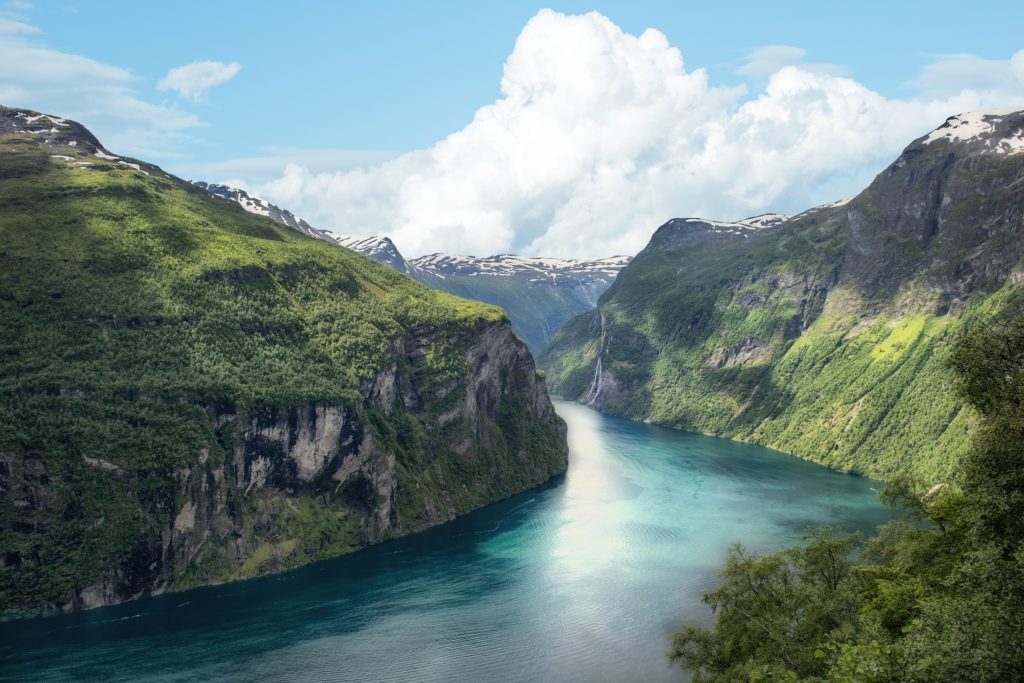
[TLG]: How does Katapult Ocean measure its impact on ocean health or sustainability? Does it have any metrics that it tracks? How has it been performing against these metrics?
[KO]: I think everybody is struggling for how to best measure impact. For us, the problem is not necessarily measuring impact, but presenting it in the right way. Our startups are solving problems spanning from illegal fishing to water desalination to microplastic pollution which means that it is not easy to find comparable measures that allow us to “sum up” the impact in a meaningful way. Still, this is something that we are working on.
We have impact through investing in the right companies, allowing them to grow so that their solutions can scale and create more impact. That is why we consider impact throughout the whole process when looking at new investment opportunities. From the very first time we look at a startup we ask ourselves if the startup is within our target areas, what problem the startup is solving, and what is their impact. When we look at their impact, we also ask ourselves if the impact is intentional and if they are solving the actual problem.
Another question we ask is if it is possible to quantify the impact, take our portfolio company Pinovo as an example. Their solution is a dust-free abrasive vacuum blasting of industrial surfaces. When performing maintenance on bridges, old paint and rust is periodically removed to make it easier to apply a new layer of paint or similar coating. When using traditional methods, the removed paint is commonly emitted to water and unfortunately contributes to ocean microplastic pollution. With Pinovo’s closed loop grit blasting technology, it prevents microplastic pollution, and this avoided pollution is quantifiable. To ensure that our startups do measure and manage their impact this is something that we focus on in the accelerator program.
[TLG]: Katapult Ocean just recently closed the application window for its fourth cohort, are there any sneak peaks you can share about the next wave of startups that Katapult Ocean will be supporting?
[KO]: We think this fourth cohort is the strongest one to date and we’re very excited to see it launch. For our next wave of startups you can expect more seaweed, alternative protein, and energy startups. We definitely think the alternative protein space is one to watch.
Going forward, we are looking for more groundbreaking maritime startups. Over the last couple of years in our transportation vertical we’ve seen a lot around maritime safety, but this isn’t necessarily the largest impact. I’m hoping we can find some more opportunities in that space, particularly around emissions reduction.
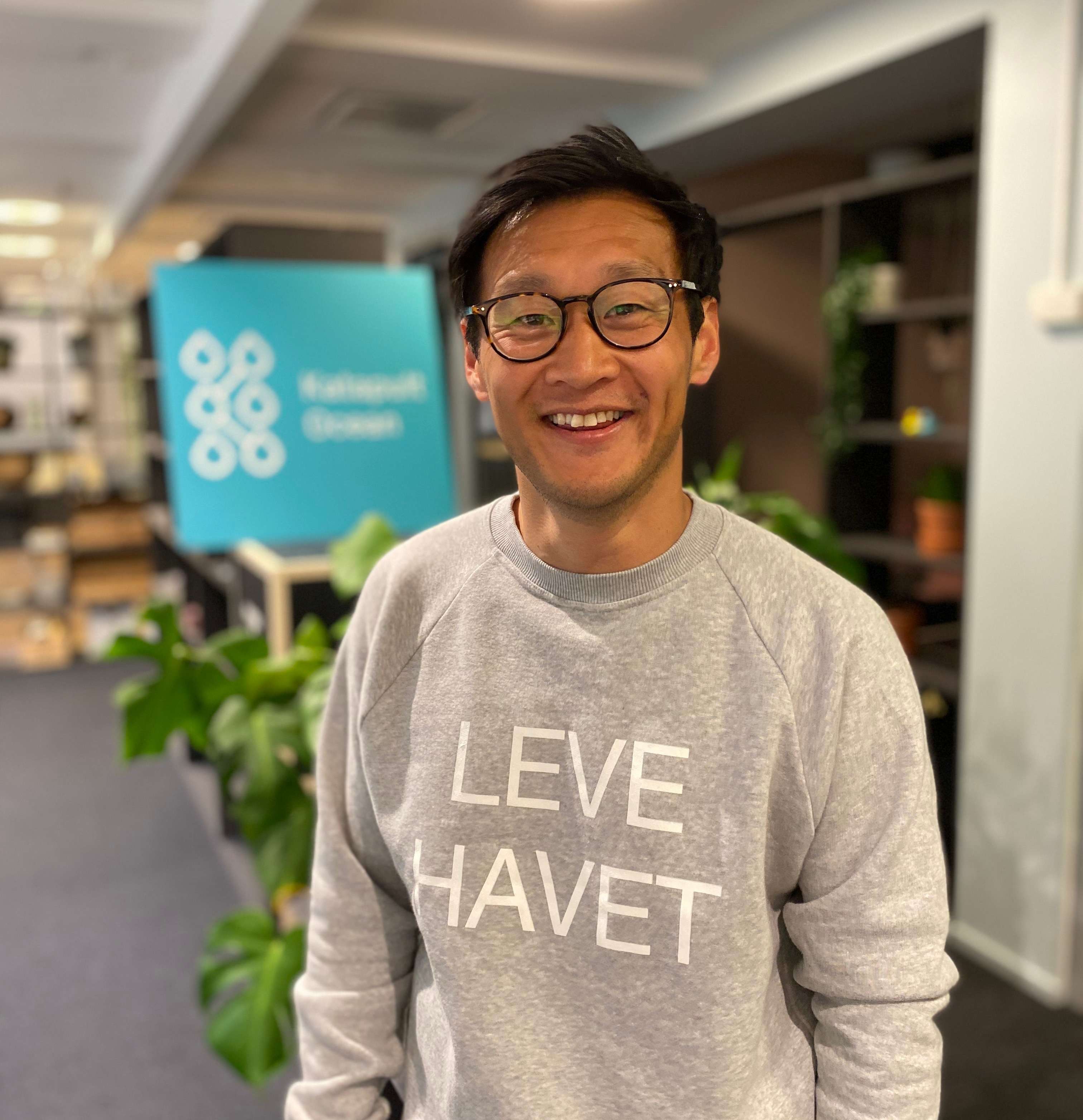
Jonas is the CEO of Katapult Ocean. He has fifteen years of experience from global asset management and joined Katapult after successfully co-founding a sustainable investing hedge fund. The hedge fund is recognized as the best Nordic hedge fund and the only eco-labeled hedge fund in Norway.
Jonas has also nine years of experience from Handelsbanken Capital Markets where he was responsible for the securities area.

